Njohuri për kamionët elektrikë
What Are the Reasons for a Pure Electric Vehicle Failing to Charge?
Postuar në nga Kamionë Elektrikë
For owners of pure automjeti elektriks, charging has become an integral part of their driving routine. However, during usage, they often encounter various irritating issues, such as lengthy charging times, malfunctions of charging piles, and vehicle charging failures. The problem of a vehicle being unable to charge, in particular, is something that many have faced, though the frequency may vary.
Have you ever encountered a situation where the charging pile is functioning normally and other vehicles can utilize fast charging, but your own vehicle simply refuses to charge? So, where could the problem lie? Let’s delve deeper into the aspects related to charging.
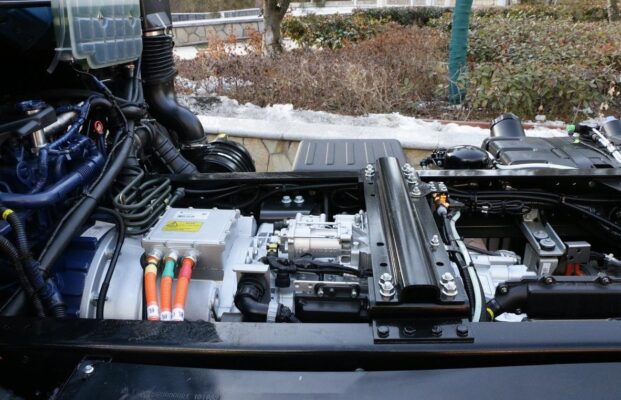
How Do Pure Electric Vehicles Charge?
First, let’s take a closer look at the charging process of pure automjeti elektriks. To many, it might seem as straightforward as charging a mobile phone – just plug it in. But in reality, the charging system, process, and requirements of pure automjeti elektriks are far more complex than mobile phone charging.
The charging system of pure automjeti elektriks can be broadly divided into two major components. One is the charging facilities, which mainly consist of charging piles and charging harnesses (guns). The other is the on-board charging device, including on-board chargers, high-voltage control boxes, power batteries, DC/DC converters, low-voltage batteries, and various high-voltage and low-voltage control harnesses. The overall charging process can be broken down into several steps: physical connection, low-voltage auxiliary power activation, charging handshake, charging parameter configuration, the actual charging phase, and finally, the charging end.
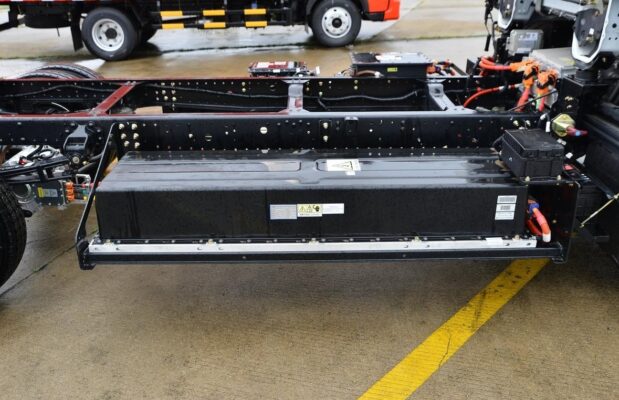
Since the charging pile is responsible for charging the pure Electric Vehicle, the first prerequisite is the compatibility of the charging gun and the charging interface, that is, the physical connection. When the charging gun can be smoothly inserted into the vehicle, it lays the foundation for charging. However, a successful insertion doesn’t automatically mean charging can commence. The charging interface must also ensure the safe transmission and conduction of large currents to prevent socket overheating and malfunctions due to excessive current. Simultaneously, it needs to meet requirements such as a long service life, safety, water and dust resistance, and more.
Beyond the physical connection, a communication protocol must also be established between the charging pile and the pure automjeti elektrik. In simple terms, this communication is like a continuous exchange of information in a “common language” between the two. Only when they meet the “compatible” standard can the charging process proceed smoothly.
What Is the New National Standard Charging Protocol?
The communication protocol is essentially an industry standard, similar to certifications like QC and 3C. Without a unified industry standard, it’s impossible to assess the quality of a product. Before 2015, due to the relatively limited number of pure automjeti elektrik models in the market at that time, the old national standard for the formulation of domestic charging equipment and communication protocols was incomplete and lacked detailed specifications, mostly providing only general references for relevant standards.
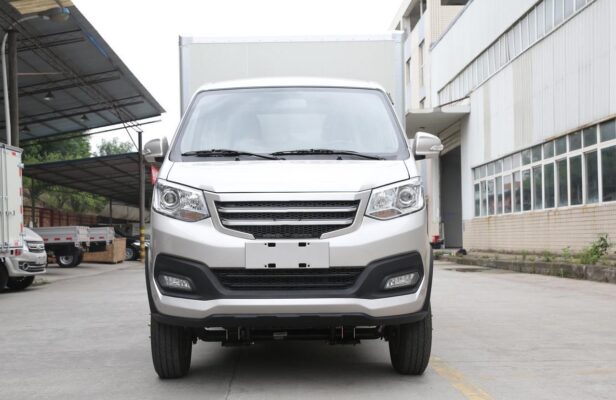
Consequently, during the early application phase, there were issues of incomplete compatibility between different vehicles and charging facilities. Despite the charging interfaces of each brand conforming to the standard and the charging sockets and interfaces appearing similar, a charging pile of one brand could often only charge its own vehicles and was incompatible with those of other brands. They could be plugged in but fail to charge, causing significant inconvenience and frustration in the early charging experiences of pure automjeti elektrik users.
The GB/T27930-2015 international charging protocol introduced in 2015 focused on the safety and compatibility of charging. The new national standard imposed unified requirements on fast charging interfaces and safety aspects, adding features such as charging interface temperature monitoring, electronic locks, insulation monitoring, and discharge circuits. It also stipulated details like the transmission rate in various states, the determination of message timeouts, the determination of maximum current output, the termination of message transmission, and more. Për më tepër, the new national standard clearly stipulated that both charging pile suppliers and vehicle manufacturers should conduct tests on their products before entering the market to ensure compliance with the standard requirements of the new international charging protocol.
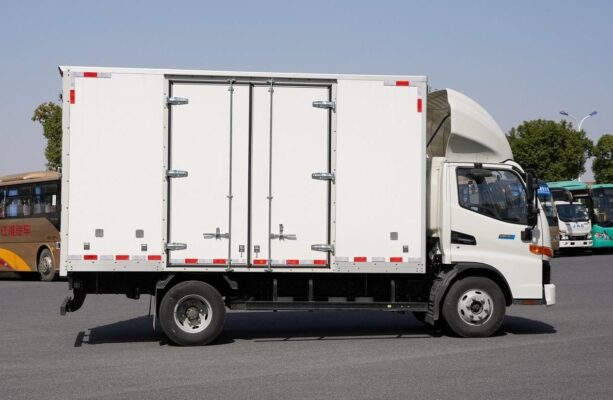
With the implementation of the new national standard, different brands of vehicles can now utilize various public charging piles of different brands for charging. This cross-brand interconnection has significantly enhanced the convenience and safety of charging and, to a certain extent, has driven the rapid growth of pure automjeti elektriks in recent years.
It’s not just China that has a charging protocol; other countries and regions also have their own specific charging protocols. For instance, some foreign brands produce charging piles that are exclusively compatible with their own products to safeguard the interests of their customers. As a result, other brands of pure automjeti elektriks are unable to use Tesla supercharging piles because the charging protocols of the two are completely incompatible.
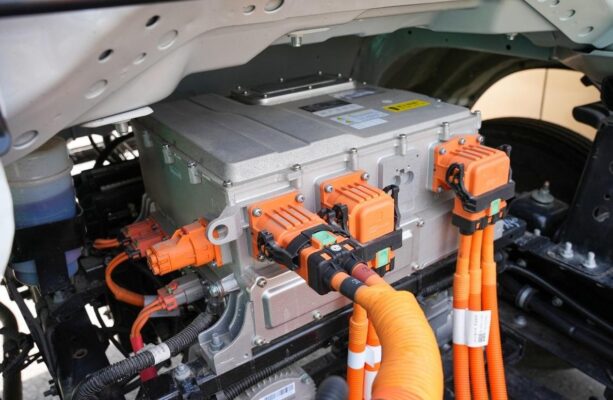
Charging Fault Codes
It’s been five years since the new national standard was implemented. Cases of charging failures due to protocol mismatch have decreased significantly, but they haven’t completely vanished. The charging failure situation mentioned earlier often stems from a mismatch between the vehicle’s charging protocol and the charging pile. The solution is relatively straightforward: visit the 4S store to update the software (charging protocol). But what if there are other charging faults? Do you know the reasons behind them?
In this regard, it’s essential for us to understand what a message and charging fault code entail. Owners who have charged their vehicles are familiar with the fact that during the charging process, the charging pile screen displays information such as the vehicle’s power, voltage, current, temperature, and even detailed battery information. In reality, this vehicle-side information is transmitted to the charging pile by the BMS (battery management system) through communication messages.
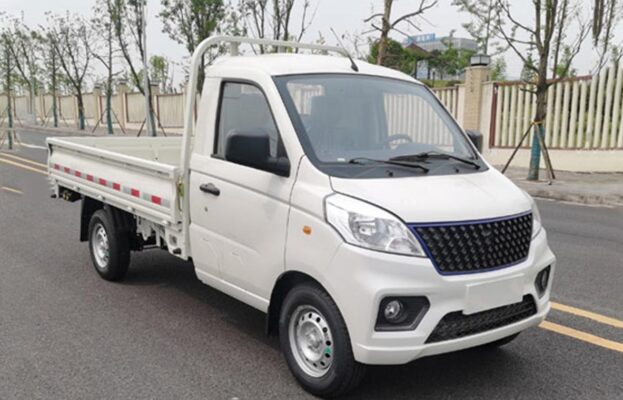
The message can be perceived as a kind of “communication language” defined by the national standard charging protocol. During each charging session, the charger and the on-board BMS monitor each other through frequent data exchanges to ensure normal charging. These data consist of a large number of messages, and the message content varies at each stage. For instance, when charging commences, the BMS transmits a message code like “synchronize the vehicle battery status and the charging is ready” to the charging pile. Once the charging pile receives and recognizes this, normal charging can commence.
In the event of a charging failure or interruption, either the BMS or the charging pile will send a message indicating the “fault cause”. Generally, the charging pile screen will display the fault code for the charging failure. However, sifting through numerous fault codes can be overwhelming, and finding a prompt solution might not be straightforward. The most effective approach is to contact the charging pile service provider and seek advice based on the displayed fault code to determine the cause of the charging failure and the appropriate solution. Of course, when encountering such an issue, it’s advisable to try other charging piles first. Perhaps the problem lies with an individual charging pile.
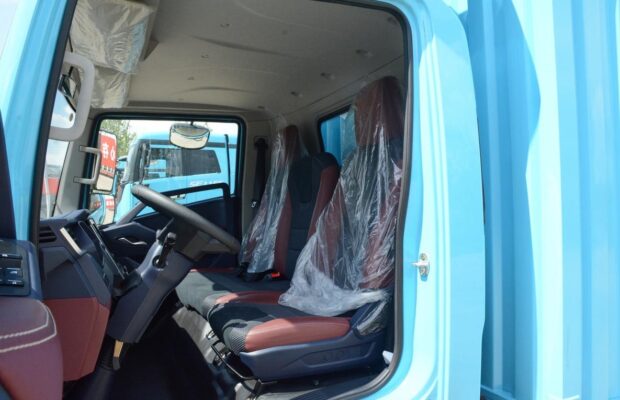
Conclusion
Currently, the mismatch between charging piles and pure automjeti elektrik charging still occurs sporadically, especially with imported pure automjeti elektriks. The solution is relatively simple – visit the 4S store to upgrade the version of the national standard charging protocol. With the continuous expansion and enhancement of charging-related supporting facilities, the charging standards of various brands of pure automjeti elektriks will gradually converge, and the occurrence of charging faults is expected to decrease further.
The development of charging technology for pure automjeti elektriks is an ongoing process. As technology progresses and standards evolve, we can anticipate more seamless and efficient charging experiences. This will not only alleviate the concerns of current pure automjeti elektrik owners but also enhance the appeal and adoption of automjeti elektriks in the broader automotive market.
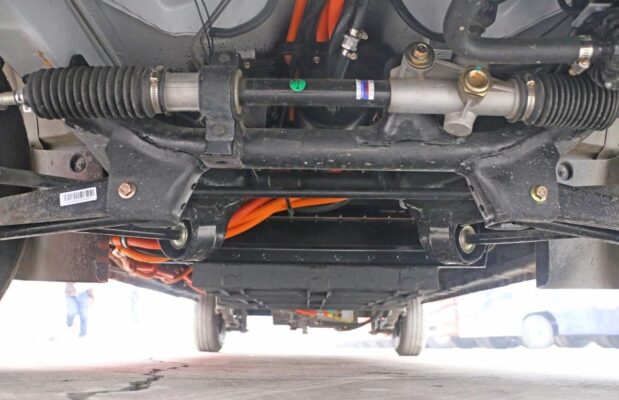
In the future, perhaps we’ll witness even more advanced charging protocols that offer faster charging speeds, greater compatibility, and enhanced safety features. This could potentially revolutionize the way we perceive and utilize automjeti elektriks, making them an even more viable and attractive option for transportation. Për më tepër, with the integration of smart grid technologies and intelligent charging management systems, charging could become more intelligent and efficient, optimizing the utilization of energy resources and reducing the overall charging time and costs.
The path towards a sustainable and electric transportation future is filled with challenges and opportunities. Addressing charging-related issues is a crucial step in this journey, and continuous innovation and improvement in this area will undoubtedly play a pivotal role in shaping the mobility landscape of tomorrow.